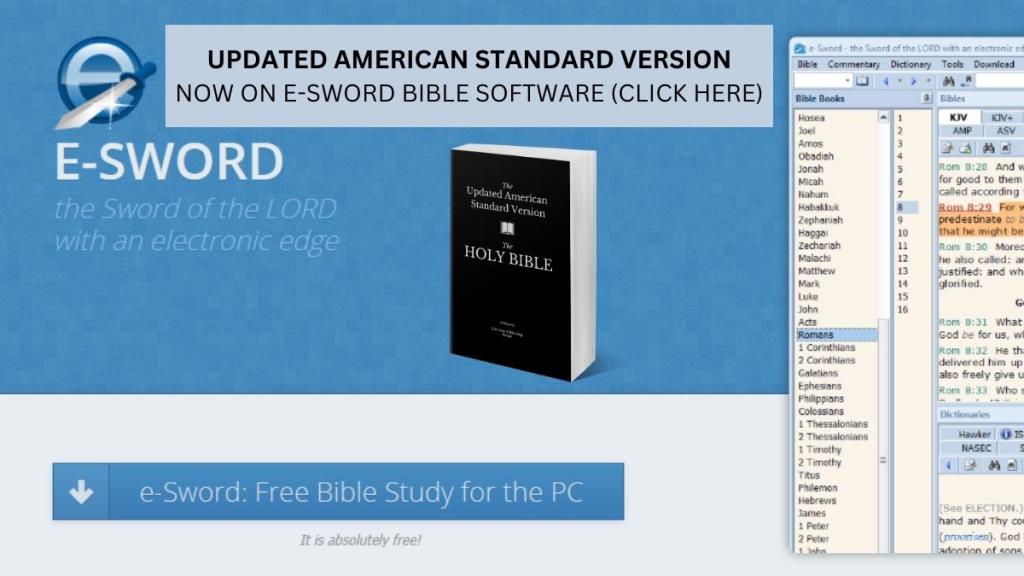Explore the significance of bathing in biblical times, from ritual purifications in natural waters to the sophisticated bathhouses of the Greco-Roman era, and how these practices reflected broader cultural and spiritual values.
Ancient Laodicea, a City in Asia Minor
Laodicea, a city in Asia Minor, was strategically located for trade and boasted manufacturing and banking industries. Despite its wealth, it faced water supply challenges and had a substantial Jewish and Christian population. Its significance is reflected in biblical mentions and archaeological evidence, providing insight into its historical and spiritual importance.
The Jewish Temple Reconstructed by Herod In Jerusalem
Explore how Herod ambitiously expanded the Jewish Temple in Jerusalem, overcoming engineering challenges and respecting Jewish customs. Discover the grandeur of his architectural project.
The Forum of Appius and the Three Taverns—Stopping Stations in Italy
Explore the historic Forum of Appius and the Three Taverns, key sites on the Via Appia where Apostle Paul once stopped. Discover their significance in ancient and biblical history.
Ancient Corinth—A Crossroad of Commerce and Culture
Explore Ancient Corinth, a pivotal hub of commerce and culture in Roman Greece. Discover its strategic importance and vibrant life through its rich archaeological and historical records.
Decapolis—Historical and Archaeological Perspectives
Explore the historical and archaeological significance of the Decapolis: a group of Hellenistic cities famed for their unique blend of Greek and Roman influences and pivotal in early Christian history.
Capernaum—City by the Sea of Galilee
Journey to Capernaum, a central locale in Jesus' ministry. Enhance your understanding of His transformative work.
An Introduction to Biblical Archaeology
Start your journey into Biblical Archaeology. Unearth the fascinating intersection of faith, history, and science.
Ancient Caesarea—City on the Coast of Judea
Journey through ancient Caesarea, a significant city on the coast of Judea. Immerse yourself in its rich biblical history.
Tacitus—Chronicler of Judaism and Christianities’ Dawn in the Roman Empire
Explore how Tacitus, a Roman historian, documented the emergence of Christianity and its intersection with Judaism during the Roman Empire's pivotal era.












